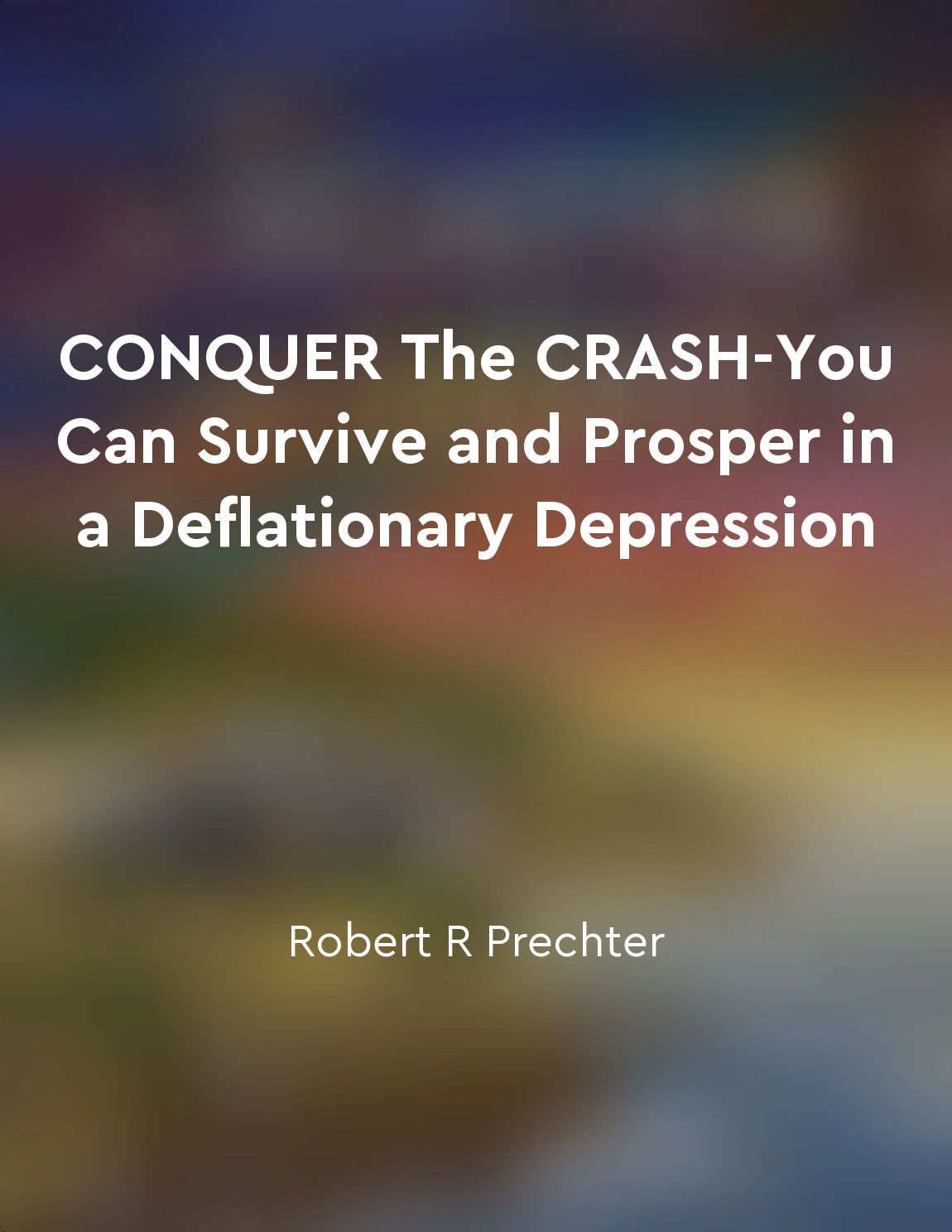Financial innovation often precedes periods of excessive speculation from "summary" of A Short History of Financial Euphoria by John Kenneth Galbraith
Financial innovation, that is, the development of new financial instruments, arrangements, or techniques, tends to occur in the early stages of a speculative episode. This innovation is often a key driver of the euphoria that characterizes periods of excessive speculation. As financial innovation takes hold, new markets are created, and new opportunities for profit emerge. Investors, eager to capitalize on these opportunities, flock to these new markets in search of quick and easy gains. This influx of capital fuels the speculative frenzy, driving prices to unsustainable levels. In many cases, the financial instruments that are at the heart of the innovation are complex and poorly understood. This lack of understanding can lead investors to underestimate the risks inherent in these instruments, further fueling the speculative bubble. As prices continue to rise, investors become increasingly convinced of their ability to predict the market and make a profit. However, as the speculative bubble grows, cracks begin to appear. Prices reach levels that are disconnected from underlying economic fundamentals, making a market correction all but inevitable. When the bubble finally bursts, the losses can be devastating as investors rush to sell their assets to limit their losses. In the aftermath of a speculative episode, the financial innovation that fueled the bubble is often discredited. Investors are left to pick up the pieces and rebuild their portfolios in the wake of the collapse. This cycle of innovation, speculation, and collapse has played out time and again throughout financial history, underscoring the dangers of excessive speculation fueled by financial innovation.Similar Posts

Diversify your investments to reduce risk
Diversification is a key principle for any prudent investor. By spreading your investments across a variety of different assets...
Stick to your investment plan and avoid emotional reactions
Investors are often tempted to make impulsive decisions based on emotions rather than sticking to a well-thought-out investment...

Have a plan for managing financial hardship
In turbulent financial times, it is crucial to have a well-thought-out plan for managing potential hardships. This plan should ...
Taking calculated risks can lead to higher returns in the stock market
Taking calculated risks in the stock market is a strategy that many successful investors employ to achieve higher returns. By c...
Avoid the noise of the market and stick to your plan
It is essential to tune out the constant chatter of the market and stay committed to your investment strategy. The financial wo...
Control your emotions when making investment decisions
One of the key principles for successful investing is the ability to remain detached and rational when making decisions. This m...
Overconfidence prevailed
The prevailing sentiment during the stock market boom was one of unwavering confidence. Investors were convinced that the marke...
Speculative bubbles are inherent in the financial markets
Speculative bubbles are inherent in the financial markets. Periodic surges in asset prices are a common occurrence throughout h...
Speculators borrowed heavily to invest
Speculation in common stocks had become virtually a national pastime. People of all ages and professions were caught up in the ...
